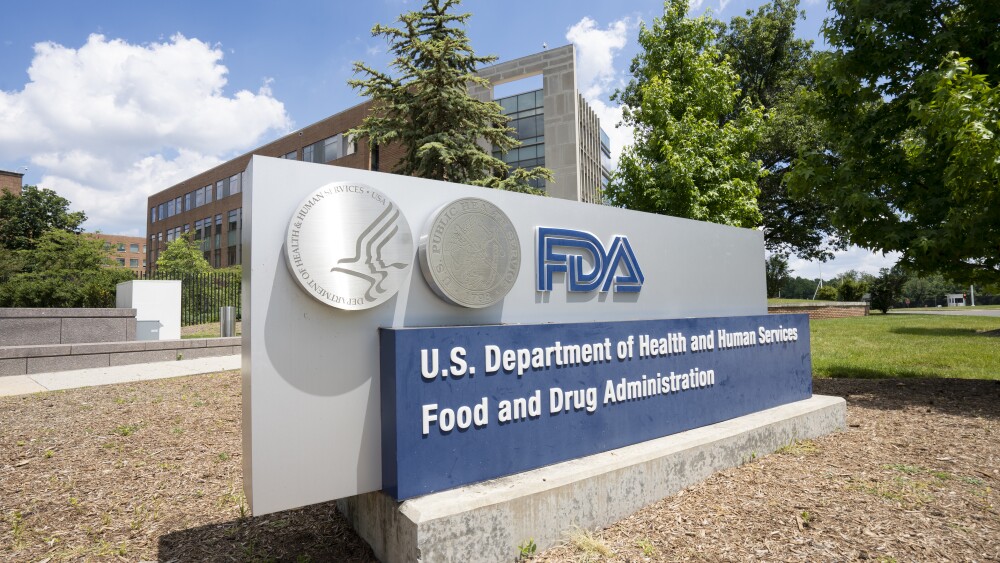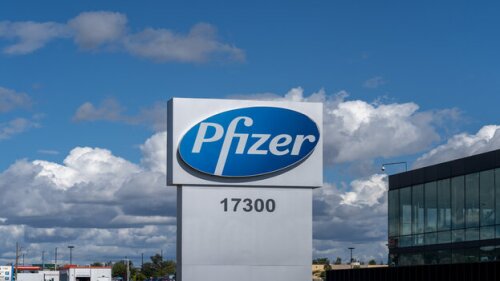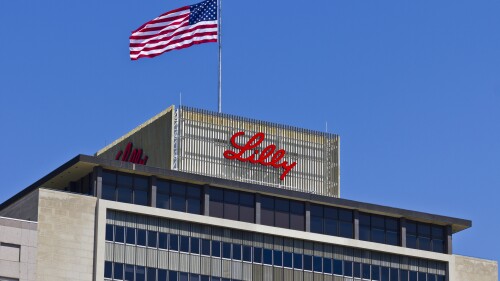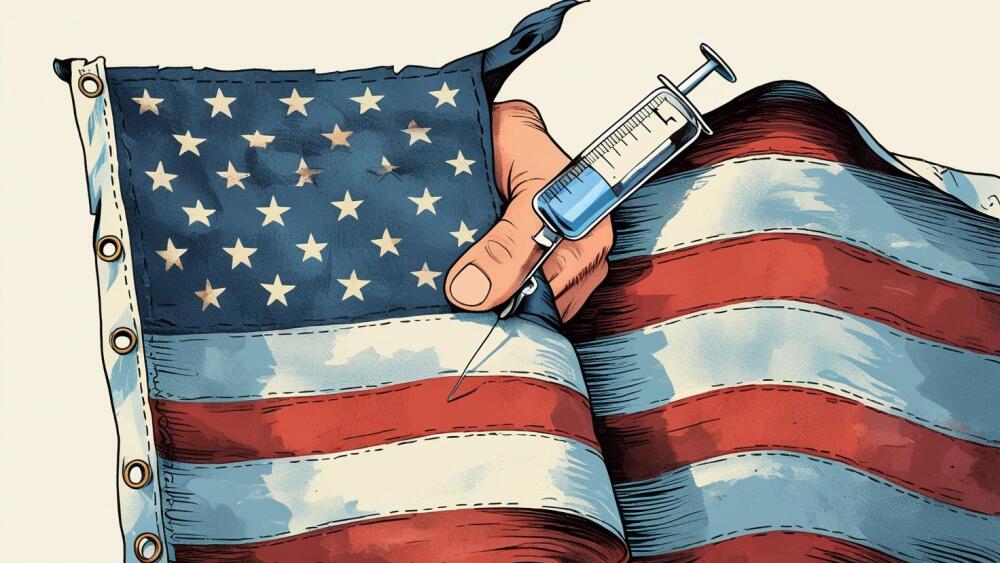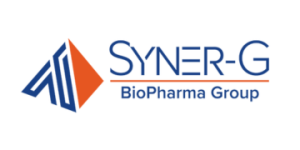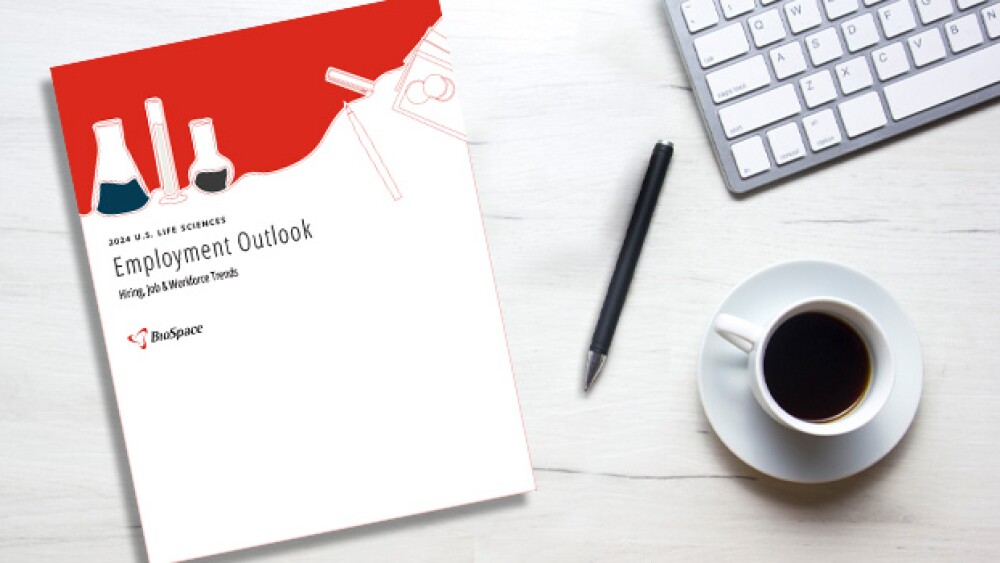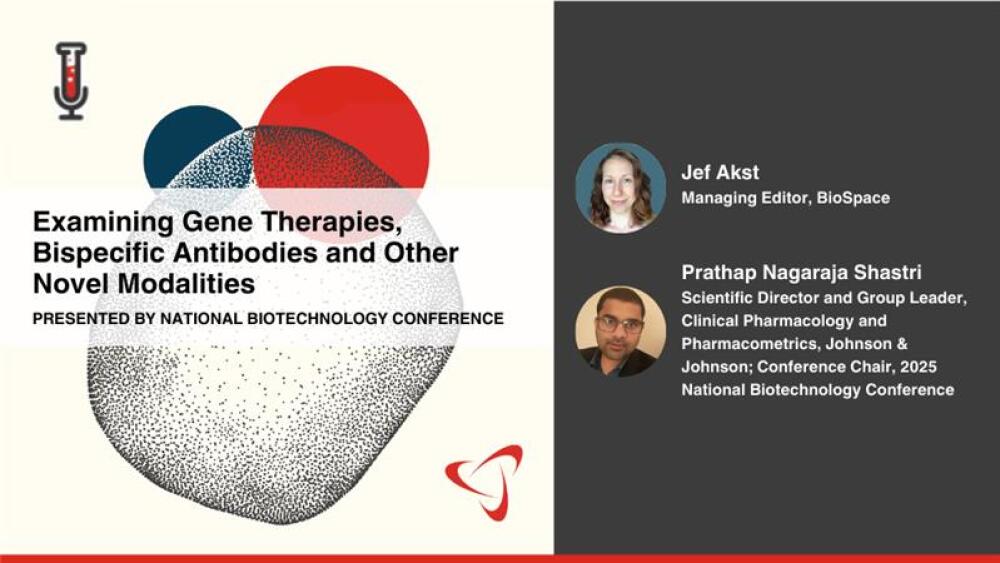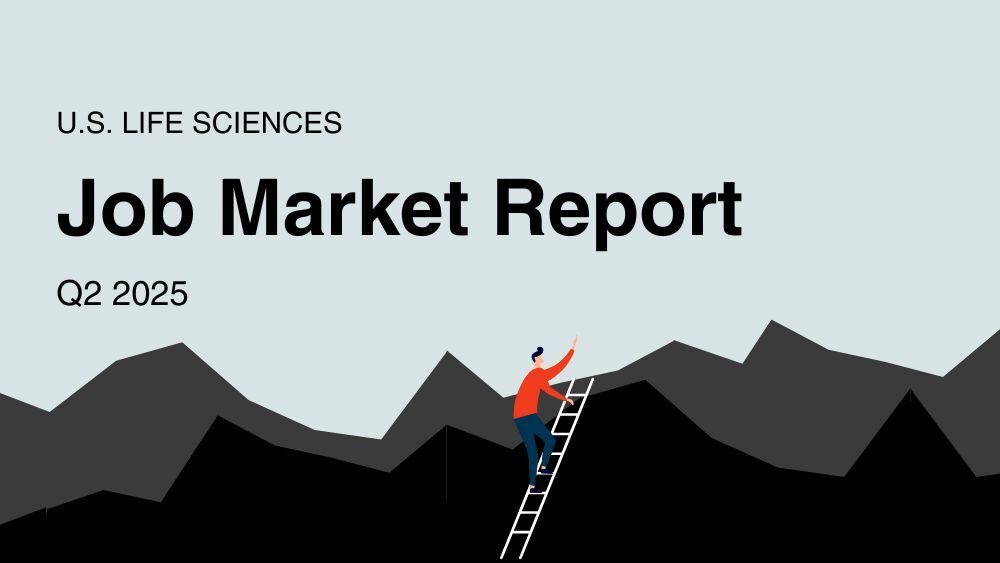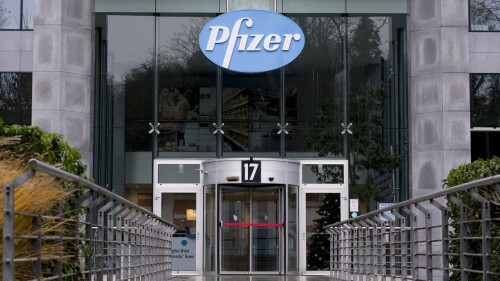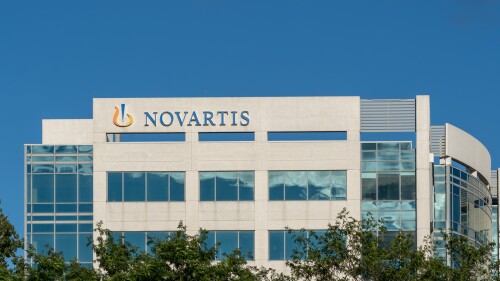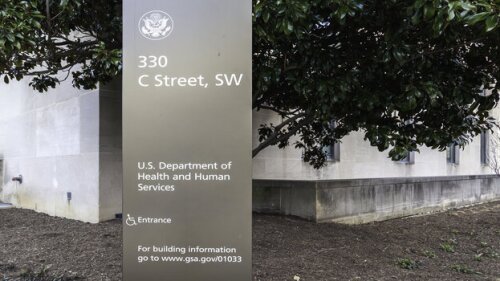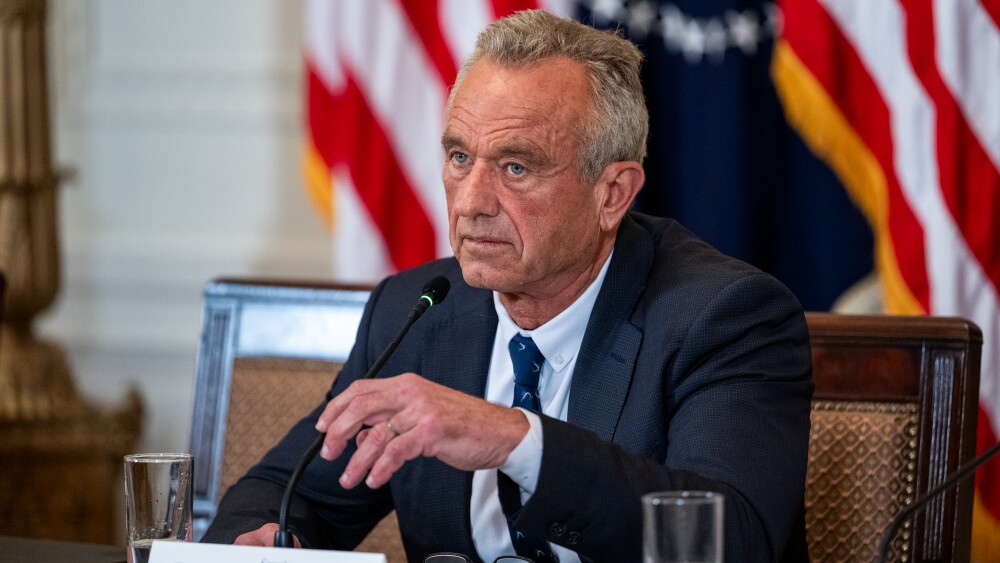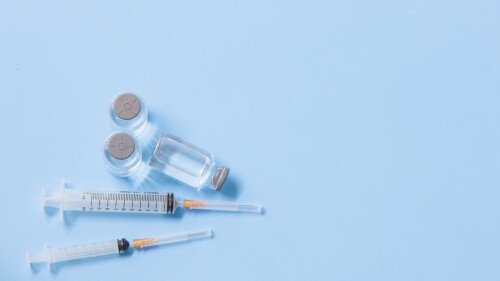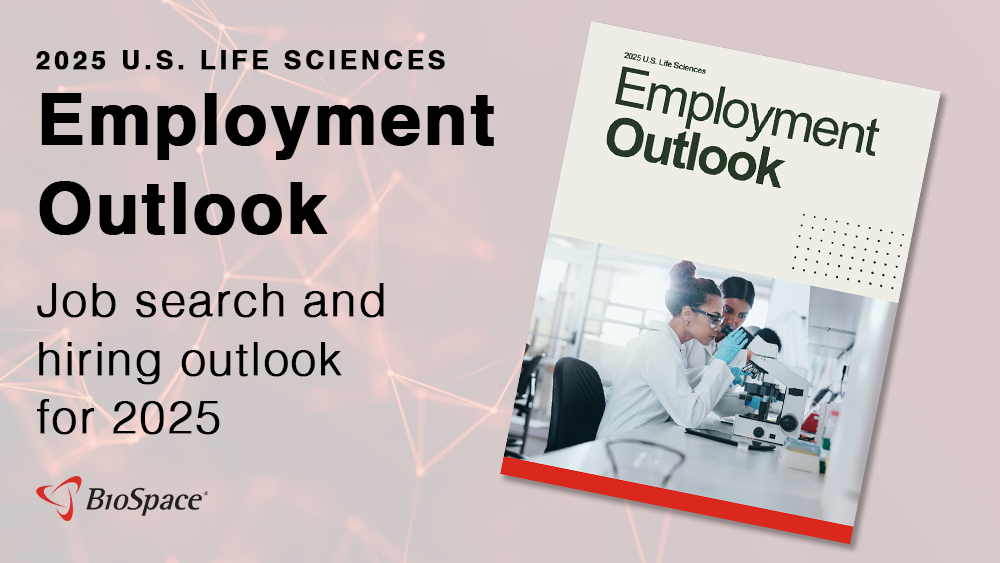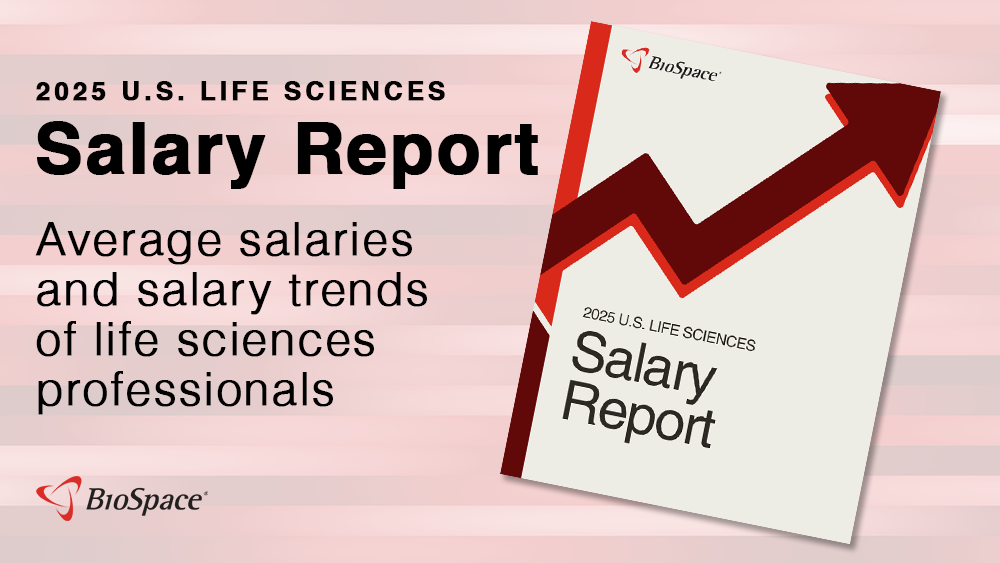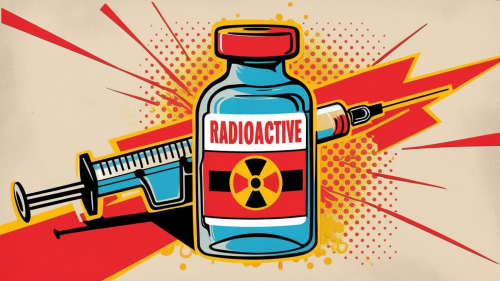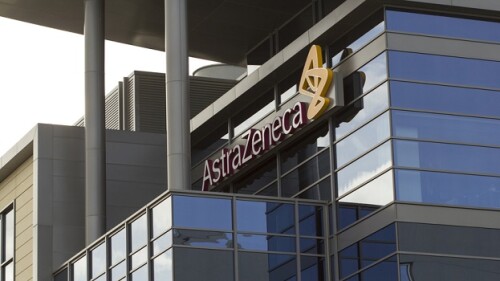AMX0035—approved as Relyvrio in 2022 for amyotrophic lateral sclerosis but voluntarily pulled from the market last year—was unable to distinguish itself from placebo in a mid-to-late-stage trial of progressive supranuclear palsy.
Novartis has bet up to $772 million to gain access to BioArctic’s BrainTransporter platform, which was leveraged in a partnership with Eisai to produce Leqembi.
Regeneron’s cemdisiran, used alone or in combination with its complement inhibitor Veopoz, significantly improved activities of daily living in patients with generalized myasthenia gravis.
The layoffs will affect employees at Pfizer’s Bothell, Washington site, which previously served as the headquarters for Seagen before being acquired by the pharma for $43 billion.
Eli Lilly drops a second Phase III readout for orforglipron; AbbVie committed to the psychedelic therapeutics space with the $1.2 billion acquisition of Gilgamesh’s depression asset; the CDC taps vaccine skeptic Retsef Levi to lead its COVID-19 immunization working group; and the FDA prioritizes overall survival in cancer drug development.
While Truist Securities analysts said the results from the ATTAIN-2 trial leave “room for competition,” they also pointed to a manufacturing advantage that could unlock a “double-digit billion dollar opportunity” for Eli Lilly.
FEATURED STORIES
Gene therapies have ridden investor mania to huge valuations but commercialization challenges have pushed market caps to the floor. At a roundtable last week, FDA leaders promised faster approvals and broad support to the industry.
As multiple companies vie to expand on Alnylam’s success in commercializing RNAi therapeutics, the pioneering company has set a goal of targeting small interfering RNA to any tissue by 2030.
Vaccine skepticism is at an all-time high in the U.S., and HHS Secretary Robert F. Kennedy Jr. is making some drastic moves in the name of reversing that trend. But misinformation and inconsistencies within the country’s healthcare agencies highlight problems with his approach.
Analysts reacted positively to the news that uniQure is in alignment with the FDA on an accelerated approval pathway and on target for a Q1 2026 submission for its one-time gene therapy for Huntington’s disease—but patients have been here before.
J&J has a multi-year head start, but Gilead believes it can win market share by delivering a drug with better safety and at least as good efficacy.
Jefferies has predicted more small tuck-in deals to come, as biotechs struggle to access capital despite key clinical milestones on the horizon.
LATEST PODCASTS
At the 2025 National Biotechnology Conference, gene therapies, bispecific antibodies and other novel modalities—relative newcomers to medicine—will be much discussed. In this curtain raiser, BioSpace speaks with conference chair Prathap Nagaraja Shastri of J&J about these highly anticipated topics.
The FDA is mired in uncertainty with some staffers losing their jobs over the weekend and more potentially to come, vaccines and psychedelic therapies could be facing very different futures under newly confirmed HHS Secretary Robert F. Kennedy, Jr., Moderna continues its downward revenue slide and Merck, Regeneron, BMS and more face strong patent headwinds.
In the first podcast in a special series focused on BioSpace’s NextGen Class of 2025, Senior Editor Annalee Armstrong speaks with Dannielle Appelhans, CEO of COUR.
Job Trends
Merck announced today that the Committee for Medicinal Products for Human Use (CHMP) of the European Medicines Agency (EMA) recommended the approval of WINREVAIR.
Subscribe to Genepool
Subscribe to BioSpace’s flagship publication including top headlines, special editions and life sciences’ most important breaking news
SPECIAL EDITIONS
In this deep dive, BioSpace explores the next big thing in obesity.
BioSpace did a deep dive into biopharma female executives who navigated difficult markets to lead their companies to high-value exits.
BioSpace data show biopharma professionals faced increased competition for fewer employment opportunities during the second quarter of 2025, with increased pressure from further layoffs.
DEALS
-
Faced with the encroaching threats of patent expirations and generics, biopharma companies in 2024 invested 33% more in licensing deals, on average, than in 2023 with an eye toward enriching their pipelines with novel and potentially more effective therapies.
-
M&A was already on the upswing in 2024, and the new Trump administration may support that trend. But if data aren’t handled properly, acquisitions won’t reach their full potential.
-
With just one asset in weight loss moving through the clinic, Pfizer targets the space for potential dealmaking, as well as bringing assets over from China.
-
Biogen’s effort to buy Sage against the board’s wishes and a long-time effort by investor Alcorn to scuttle Aurion’s IPO underscore the cutthroat nature of biopharma dealmaking.
-
Novartis was among the most prolific pharma dealmakers in 2024, a trend that it expects to continue with more bolt-on deals this year to set up for sustainable long-term growth.
WEIGHT LOSS
-
A consumer-driven weight loss market could put pharma at greater risk if a recession hits; the continued turmoil at FDA and other HHS agencies magnifies the uncertainty facing the industry; Lilly files a lawsuit against a med spa selling its drugs; and more.
-
Wegovy and Zepbound are just the latest drug dyads to face-off in the competitive pharma market, continuing a legacy of rivalry that includes blockbuster drugs Keytruda, Humira and Eliquis.
-
Long considered resistant to economic downturns, the pharmaceutical industry may face a greater challenge this time around as GLP-1s dominate and the population grows older.
-
Last week, The Trump administration reversed a Biden-era proposal for Medicare coverage of anti-obesity treatments. But on Monday, HHS suggested it is open to future policy considerations toward this end.
-
Stifel analysts were bullish on the data, which showed a 16.5% drop in body-mass index among patients with damage to the hypothalamus taking Rhythm Pharmaceuticals’ Imcivree.
POLICY
-
Societies, including the American Academy of Pediatrics, allege that Kennedy’s directive to remove COVID-19 from vaccination guidelines for healthy pregnant women and healthy children puts these vulnerable groups at risk of serious illness.
-
Despite rehiring hundreds of FDA, CDC and NIH employees, the Department of Health and Human Services is still a skeleton of its former self under Health Secretary Robert F. Kennedy Jr.
-
Health Secretary Robert F. Kennedy Jr. endorsed the expanded use of RSV vaccines for people 50 through 59 years old who are at risk of severe disease.
-
An open letter signed by more than 50 industry executives blasts a “fundamentally, fatally flawed” report that urges greater restrictions on the abortion pill.
-
As an office of the executive branch, the Department of Health and Human Services “does not have the authority” to implement sweeping changes to the structure of the agency as created by Congress, a judge wrote.
The past year saw the slowest year-over-year growth in biopharma salaries in the past five years, according to the BioSpace 2024 Life Sciences Salary Report.
Staffing agencies say contract work is a great way to break into an industry and avoid a resume gap.
Plus, tips on applying to multiple jobs at the same company, making new work friends, and how to ask for more time at the offer stage.
Presentations are standard requirements in the hiring process for some biopharma positions. Here’s how to approach them.
Depending on their needs, candidates can choose among tools such as AI-powered resume generators, professional coaches and university career services to hone their applications.
Companies are relying on artificial intelligence–powered applicant tracking systems to keep up the evolving recruitment demands. Here is how.
HOTBEDS
REPORTS
In this Employment Outlook report, BioSpace explores current workforce sentiment, job activity trends and the prospective job and hiring outlook for 2025, particularly as it compares to the previous year.
BioSpace’s third report on diversity, equity, inclusion and belonging in life sciences examines dramatic shifts in attitude around diversity initiatives.
CANCER
-
Belrestotug showed underwhelming efficacy outcomes in mid-stage studies of non-small cell lung cancer and head and neck squamous cell carcinoma.
-
At the intersection of radiation and precision, Novartis, Bayer, AstraZeneca and more hope to cash in on a radiopharmaceuticals market that could top $16 billion by 2033.
-
After losing its powerhouse partner, IGM Biosciences closed “most” of its labs and offices and initiated a strategic review of potential strategic alternatives and options for the business.
-
The cell engineering company, co-founded by oncologist and writer Siddhartha Mukherjee, does not see a path forward for its pipeline of early-stage cell therapies for two different types of cancer.
-
The Massachusetts biotech will focus its efforts and resources into cemsidomide, an oral drug candidate being trialed for multiple myeloma and non-Hodgkin lymphoma.
NEUROSCIENCE
-
Jefferies analysts predict Annexon’s tanruprubart could be approved by mid-2026.
-
Jazz is being accused of anti-competitive practices regarding its narcolepsy drug, as generic competitors emerge on the market.
-
GSK is paying to access ABL Bio’s Grabody-B platform, which potentially enables therapies to cross the blood-brain barrier.
-
Analysts at BMO Capital Markets said Centessa’s orexin receptor agonist has “best-in-class” potential for narcolepsy, putting the company in a strong position in the $15 billion market.
-
Sangamo, which has been having cash problems, will receive $18 million upfront in licensing fees for its AAV capsid that in preclinical studies has shown the ability to cross the blood-brain barrier.
CELL AND GENE THERAPY
-
The gene therapy world is in turmoil, but Arbor, armed with more than $1 billion in partnerships and raises, is going forward.
-
AstraZeneca has recently been investing heavily in the cell therapy space, including two acquisitions for TeneoTwo and Gracell Biotechnologies.
-
Dyne is eyeing an accelerated approval filing for DYNE-251 in early 2026 that would pit the asset against Sarepta’s Exondys 51 in a patient population amenable to exon 51 skipping.
-
Having established success in cancer, biopharma is now looking to leverage CAR T therapies against a new target, autoimmune disorders, with several early- to mid-stage readouts expected this year.
-
Johnson & Johnson and Legend Biotech hope to hit blockbuster status for Carvykti this year.

